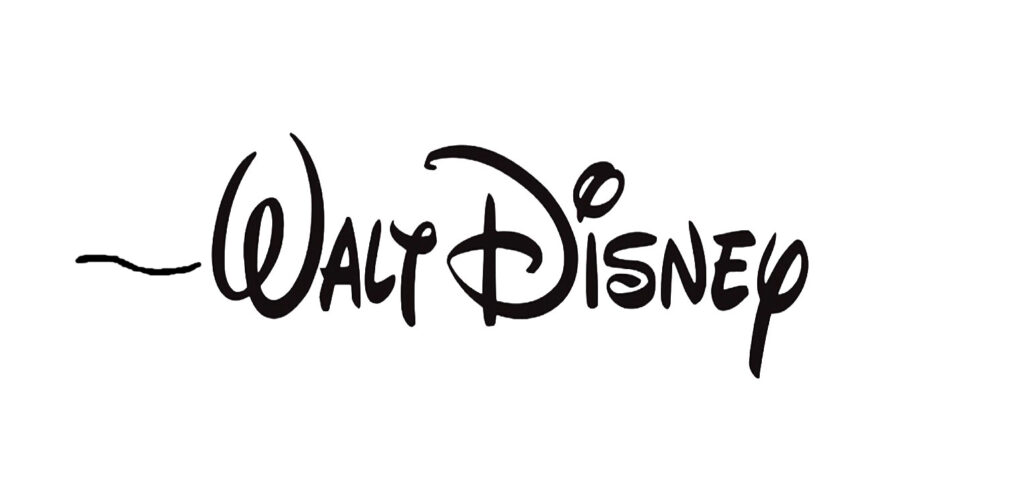“GOLDEN AGE” INTRO
This period was the high point of Walt’s involvement with animation. He was healthy, eager, endlessly creative and completely consumed. This was far more than a job. He lived these pictures every minute of the day, thinking deeply into every facet of the films, with an emotional drive that was phenomenal.[1]
These first four animated masterpieces — Snow White and the Seven Dwarfs, Pinocchio, Fantasia and Bambi — were created during the “Golden Age” of animation, the years years from 1934 through 1942, the height of the Great Depression. As always for creative artists work was scarce but even more so in those post-Wall-Street-collapse days. The dire economics of the time allowed Walt to skim off the cream of the crop, to hire the best of the best at salaries that didn’t break his bankroll. Consequently as his ambitions multiplied Disney’s staff grew by leaps and bounds, from a handful of pioneers in this new art form into a legion of employees all collaborating under the guidance of a demanding leader who challenged them relentlessly to improve their skills, polish their work and venture into realms of artistry which were alien territory. Even his collaborators themselves were astonished at what they produced, at the breathtaking visions they saw on the silver screen.
Many of them were quite young and awestruck. Like Walt himself and his brother Roy they were at the age when romance flourishes, marriages proliferate and babies soon follow. Perhaps for this reason there is a great preponderance of cute babies – all with cute baby butts – in the animation, such as Merbabies (1938); Winkin, Blinken and Nod (1938); cupids and putti, baby satyrs and unicorns rather than grown-up ones in Fantasia (1940); baby bunnies with baby voices in Bambi (1942); the stork delivering babies to the circus animals in Dumbo (1940) not to mention the baby elephant himself; Baby Weems in The Reluctant Dragon (1941); even a “Baby Ballet” proposed for the original sequel to Fantasia.
[Readers before proceeding should note that whenever I refer to “camera angles” and moves like “trucking” and “panning”, I do so only for descriptive convenience: in animated films it is seldom the camera that really moves, but rather the artwork upon which it is focused from its stationary position usually above, sometimes in front. The meanings of some such terms and others follows:
- Panning: two-dimensional movement across a scene in any direction
- Trucking: three-dimensional movement into or out of a scene
- Trucking pan or panning truck: a simultaneous combination of the above, that is, across and into or out of a scene at the same time
- Cutting: the abrupt switching from one shot or scene to another
- Cross-cutting: the abrupt switching from one scene to another scene happening simultaneously elsewhere
- Fade-in or Fade-out: the gradual dissolve of one shot or scene to or from black
- Cross-fade: the gradual dissolve of one shot or scene into another shot or scene.
- Frame: one of the (originally) twenty-four images that comprise one second of a film’s duration
- Close-up: a frame in which the subject nearly fills the entire screen
- Medium shot: a frame in which the subject appears to be at a slight distance
- Long shot: a frame in which the subject appears to be at a significant distance
- Sequence: the portion of an animated film conveying a specific part of the overall narrative
- Scene: a specific section of a sequence]
[1] Johnston, Ollie, and Thomas, Frank: The Disney Villains, Hyperion, New York, 1993, p. 73.
